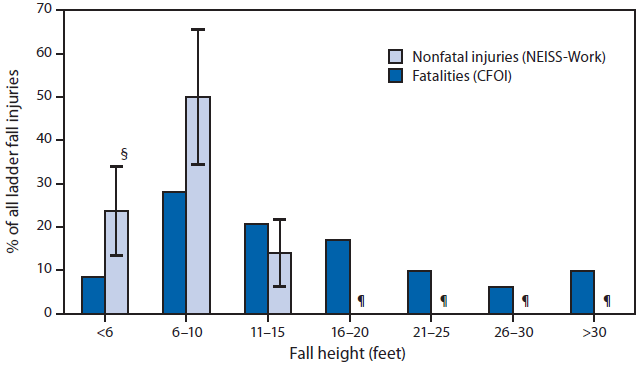MAKE-IT-SAFE MONDAY
Hearing injuries are often overlooked, being labeled insignificant and temporary. However, the Occupational Safety & Health Administration would say otherwise. According to OSHA.gov, 30 million people in the United States are occupationally exposed to hazardous noise each year. Thousands of these workers suffer from preventable hearing loss as a result of high workplace noise levels.
The most common form of hearing loss is short term. Short-term exposure to loud noise typically results in only a temporary change in hearing. Your ears may begin to feel stuffed up or you may experience a constant ringing. For example, people commonly have these side effects after attending a rock concert without using anything to protect their hearing. These short-term problems tend to relieve themselves after a few minutes or hours after leaving the loud environment.
However, the short term hearing loss becomes serious when repeated exposures to these loud noises take place, resulting in permanent hearing loss. Since 2004, the Bureau of Labor Statistics has reported that nearly 125,000 workers have suffered significant, permanent hearing loss. Furthermore, they report that in 2009 alone there were more than 21,000 hearing loss cases. The good news is that the majority of these cases could have been prevented if they would have taken the appropriate cautionary measures.
OSHA.gov provides several options to control and reduce worker exposure to noise in a workplace. They define the following as:
1) Engineering Controls
These deal with modifying or replacing equipment, or making physical changes at the noise source or along the transmission path to reduce the noise level at the worker's ear. Some examples of these are utilizing low noise tools and machines, maintaining and lubricating machinery and equipment, placing a barrier between the noise source and employee, and enclosing or isolating the noise source.
2) Administrative Controls
These are defined as changes in the workplace that will reduce or eliminate a worker’s exposure to noise. Common examples of these are operating noisy machines during shifts when fewer people are exposed, limiting the amount of time a person spends at a noise source, or restricting worker presence to a suitable distance away from noisy equipment to name a few.
3) Hearing protection devices (HPDs)
These are the most common devices to the average person; however, in the workplace an employer should seek to utilize more engineering and administrative controls. Some examples of these are earmuffs and plugs.
Taking these listed controls and applying them will minimize the risk for hearing injuries at the workplace. By reducing the noise by only a few levels, communication can be significantly improved and lead to a more productive and healthy workforce.
Thank you for your time and attention. Let’s make it safe this Monday.
Kolton Larson
Demand Generation Specialist, Lift’n Buddy, a Southworth Company




















